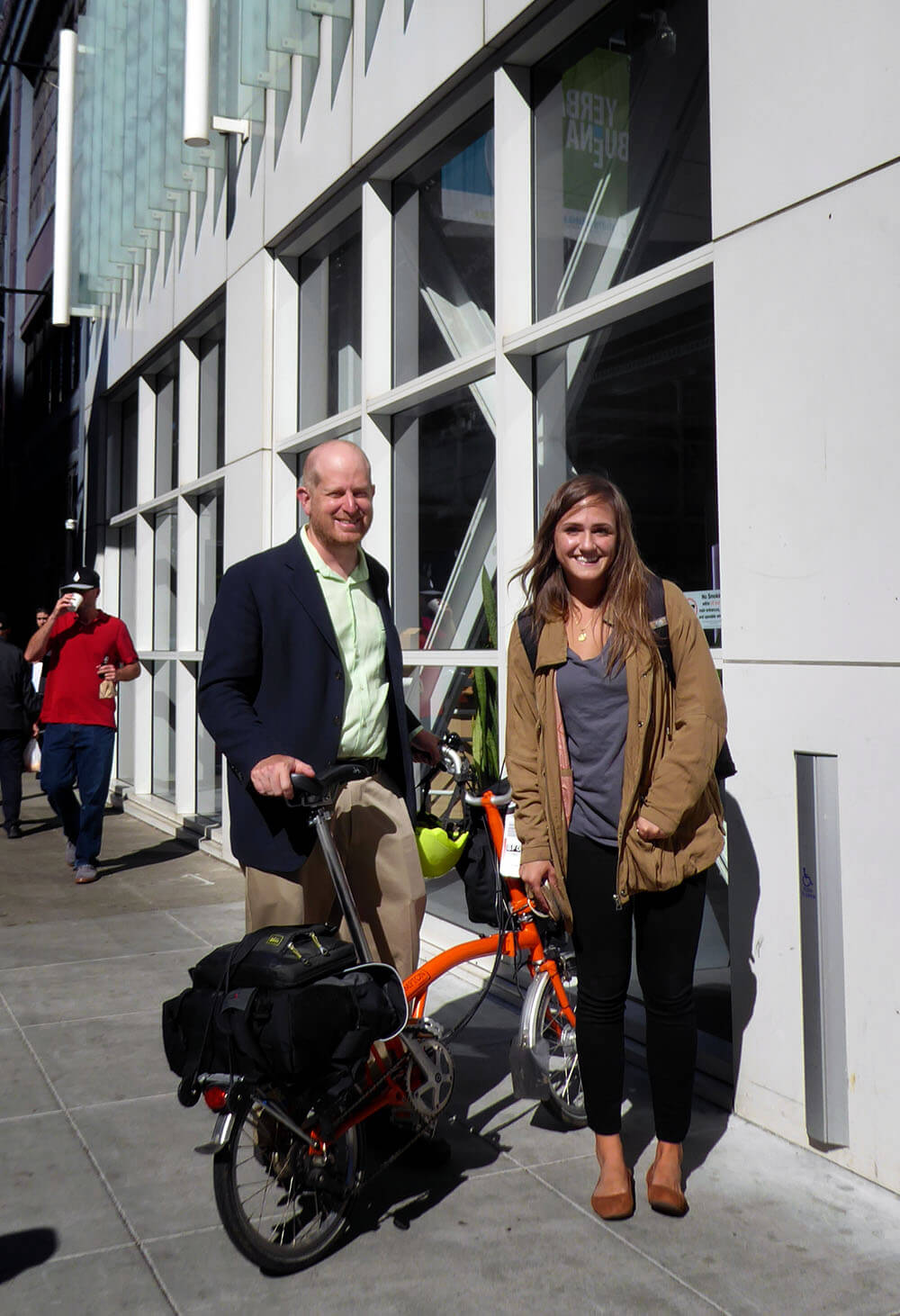LightStanza was invited back to the Pacific Energy Center this summer for two days of exploration and training!
LightStanza’s Founder and Principal Daniel Glaser and Product Lead Sydney Nelson presented a two-day class at the Pacific Energy Center this June. These sessions broke barriers and empowered designers, architects, engineers, and more in the realm of robust and complex daylighting as industry standards and methods continue to evolve.
The class were held at:
Pacific Energy Center
851 Howard St.
San Francisco, CA 94103
Day One: Contemporary Ways to Design with Daylight
June 13, 2017
1:00 PM – 5:00 PM PST
Description:
The Contemporary Ways to Design with Daylight class introduced attendees to the value and uses for modern daylight simulation tools, and put them into context with historic methods to teach when, where, and how to use available daylight metrics. Along with daylight design’s effect on energy savings and occupant health, the class discussed the new LEED v4 metrics and how to achieve a good score along with overall high quality daylight design. Speakers answered questions such as:
1. What can you do with daylighting simulation & analysis software that traditional methods can’t provide?
2. How are standards changing for daylighting and does this mean for analysis tools?
3. What are the best practices for daylight modeling?
4. How much energy savings does daylighting bring today?
* This class was worth 3.75 AIA Continuing Education Units.
Day Two: LightStanza Training Workshop
June 14, 2016
Part One (Basic Software Training): 9:00 AM – 12:00 PM PST
Part Two (Advanced Software Training): 1:00 PM – 4:00 PM PST
Description:
Day Two covered a range of analysis methods using the web-based LightStanza software. The 2-part (basic and advanced) day-long workshop taught attendees how to iterate with point-in-time and annual analysis as well as LEED v4 output using both simple and advanced 3D geometry. Those attending the class learned the strengths and limitations of web-based daylight analysis, how to work with materiality, how blinds can be effectively modeled, and more. This training was meant to empower users of all backgrounds in order to make quality daylighting accessible for everyone.
* Each class was worth 3 AIA Continuing Education Units.



